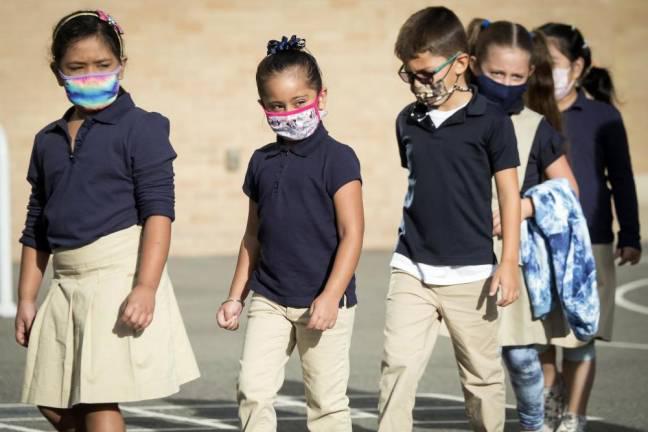Mono-Mania
As kids return to school, the big worry is their possible exposure to COVID-19. Their possibly meeting with mono also matters.

Remember high school? Remember your first kiss? Remember the follow up: Friends with mono, better known as the kissing disease?
According to the Centers for Disease Control and Prevention, two mononucleosis triggers, the Epstein Barr virus (EBV) and its bigger brother cytomegalovirus (CMV) are among the world’s most common viruses. Both are voting members of the herpes family that includes bugs for the common cold sore as well as chickenpox and shingles along with Kaposi’s Sarcoma, a form of cancer once considered a disease of older Mediterranean men, later a marker for AIDS.
By age 5, half of all children may be carrying EBV; among adults, that zooms up to an estimated 95 percent. CMV, in turn, is the most common infectious virus passed from mother to developing fetus, affecting about one percent of the 4,000,000 American babies born each year.
Both EBV and CMV are stealth pathogens. Once warmly inside they are with us for life, commonly surviving for months or years before they erupt into an obvious infection. But even in hiding the two are malicious. Perhaps 4,000 CMV infants may show defects such as hearing loss, impaired vision, some forms of learning disability, and weakened muscles that lead to co-ordination problems.
As for EPV, in 2018, researchers at Cincinnati Children’s reported a link between that and an increased risk of seven, yes, seven, major medical conditions: Systemic lupus erythematosus (SLE), rheumatoid arthritis (RA), juvenile idiopathic arthritis (JIA), inflammatory bowel disease (IBD), celiac disease, type 1 diabetes and multiple sclerosis. The last link was confirmed this October by a Swedish study which following 2,492,980 people whose EBV diagnosis as children or adolescents preceded a subsequent MS diagnosis.
Awakened by Stress
Two years ago, in 2019, the National Institutes of Health published a report from Tufts School of Medicine showing that both EBV and CMV may be awakened by stress, emotional as well as physical. The Tufts data nominated major surgery as a major activator for latent CMV infections in previously immunocompetent – that’s healthy – patients. Within a month of going under the knife, the result was definitely not a walk in the medical park.
How to treat a virus you can’t kill that isn’t currently killing you? Maybe coddle it into a coma by bolstering the immune system with all those boring everyday health rules. Don’t smoke. Don’t drink more than you should. Soothe away stress. Maintain a healthful weight.
Eat nutrient smart. And don’t forget to get enough sleep.
After that, keep your eyes open for an emerging vaccine.
Maybe sooner rather than later.
One week ago, on October 27, NIH began enrolling volunteers in a four-year clinical trial to test the safety of and immune response to a vaccine against EBV. Thinking of volunteering?
Check it out at https://clinicaltrials.gov/ct2/show/NCT04645147. But be warned: Although men ages 18 to 29 are welcome with open arms, there’s a catch for women. “Because the effects of EBV gp350-Ferritin vaccine on the developing human fetus are unknown,” NIH notes, “sexually active female participants of childbearing potential must agree to use highly effective contraception.”
Right now, there’s no such trial in progress for a CMV vaccine, but there is a silver lining, courtesy of The Pandemic. Moderna Therapeutics, the Massachusetts company that gave us an effective COVID vaccine, believes its mRNA vaccine platform will be valuable in developing new vaccines to potentially prevent, yes, indeed, human cytomegalovirus (CMV) infections.
Any day now or next year or the year after that, you may be asked, once again, to roll up your sleeve. Which most of us now know is a really good thing.